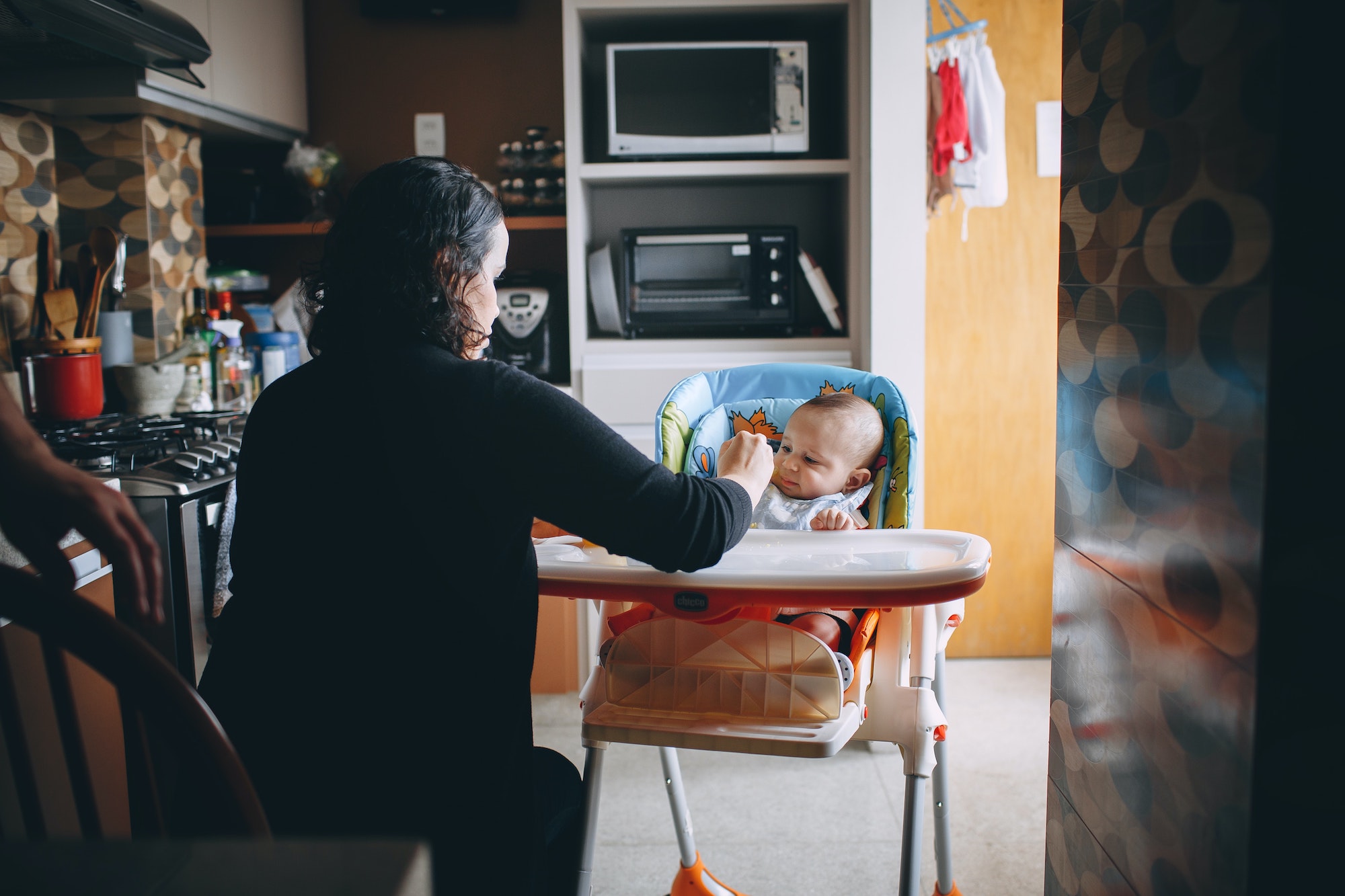What’s in the Third Stimulus Bill Other than Checks?

While the third stimulus payment — which we just wrote about — is a hot topic for Americans right now, there’s actually a lot more to the American Rescue Plan. Here are some of the additional benefits you could get from the relief package.
Additional Support to Families
In addition to stimulus payments, the American Rescue Plan helps families with three types of tax credits: a Child Tax Credit (CTC), the Earned Income Tax Credit (EITC), and tax credits for child or dependent care.
Child Tax Credit (CTC)
Eligible families can receive more money through the Child Tax Credit than before. For one year, the American Rescue Plan raises the CTC from a baseline of $2,000 to:
- $3,600 for each child under age 6
- $3,000 for each child between ages 6-17
The plan also sends more money to families who have seen a loss of income. Even if families have earned no income this year, they can still receive the full benefit. Families can receive these funds as fully refundable tax credits — meaning that the government will give you back more money than you may owe in taxes.
Note: The payments could go out monthly or periodically instead of annually, starting in July. It’s a good idea to watch for updates!
Earned Income Tax Credit (EITC)
The American Rescue Plan expands the Earned Income Tax Credit (EITC) eligibility to help more low- to moderate-income workers and families through the effects of the COVID-19 pandemic.
Workers without children will see substantial benefits. Previously, the lower age limit for childless workers to qualify was 25; that changes to 19 with the American Rescue Plan. There is no upper age limit anymore, and the amount of the credit also goes up substantially for childless workers — it triples! That means the maximum could be $1,502 (instead of $543) for one year.
This year, there is a special rule (called the “lookback rule”) in place that allows you to get the most EITC that you can. When filing your taxes, you can use either your 2020 or 2019 income — whichever will give you the most money back in your tax refund.
Tip: Talk to a tax preparer about the lookback option, and keep your 2019 records available.
Child and Dependent Care Tax Credits (CDCTC)
Eligible families will get help paying for child and dependent care this year through expanded Child and Dependent Care Tax Credits. In addition to more funds, the CDCTC will be fully refundable, meaning that these are refunds that could come back to you in the form of a check or payment from the IRS. Read more details.
Other Types of Support in the American Rescue Plan
Expanded Unemployment
The American Rescue Plan will extend federal unemployment benefits through September 6, 2021, at $300 per week. Note: The first $10,200 of unemployment income will not be taxable under this plan; after that amount, unemployment will be considered taxable income.
Paid Leave
The relief plan extends family and medical leave policies:
- Paid sick leave and paid family leave is now extended from March 31, 2021, to September 31, 2021
- An employer can claim paid family credit of up to $12,000 per employee
- Self-employed individuals can claim the credit for up to 60 days
Housing, Food, and Utilities
There is help on the way in terms of food and housing assistance. The latest stimulus package will boost Pandemic-EBT and WIC programs. Pandemic-EBT is a program through which schoolchildren can receive temporary emergency nutrition benefits loaded on EBT cards.
WIC is a program that supports low-income women and infants. The American Rescue Plan also includes provisions to help Americans with utility costs, emergency rental assistance, mortgage assistance, and homeless relief services.
Tip: Find help with housing and food assistance.
Tip: Here’s what to do if you are facing eviction during COVID-19.
Small Business Support
Small businesses will receive federal help through grants, Economic Injury Disaster Loan (EIDL) Advance grants, and PPP loans. This includes restaurants, live music venues, nonprofits, and more businesses that have been hard-hit by the pandemic.
Health Care
If you lose your job or have reduced hours and lose your employer-sponsored health insurance, the federal government will cover your COBRA premiums fully through September. There is additional support to help lower healthcare costs for families, the unemployed, and the uninsured.
Student Loans
The federal student loan moratorium has been extended to September 30, 2021. You won’t be required to make monthly payments until then, even if you have already received notice from your student loan servicer that it’s time to pay. There may be more you can do to lower your monthly payments, including switching to income-driven repayment plans.
Other
The American Rescue Plan also contains funding for:
- Vaccine rollout, research, and testing
- School reopening
- Retirement plans
- And much more
For additional details, read more information directly from the White House.
The American Rescue Plan covers a broad range of needs. It will hopefully support Americans during this time and start to get our economy back on track. When it comes to your personal budget, of course, there are things you can do to take charge of your future — like putting good savings in place as soon as you can. Share your thoughts and questions on how the American Rescue Plan will impact your life in the SaverLife Forum.
At SaverLife, our mission is to make saving money easier and more rewarding. We receive donations to give you cash rewards and prizes for building up your rainy day fund. Sign up today!